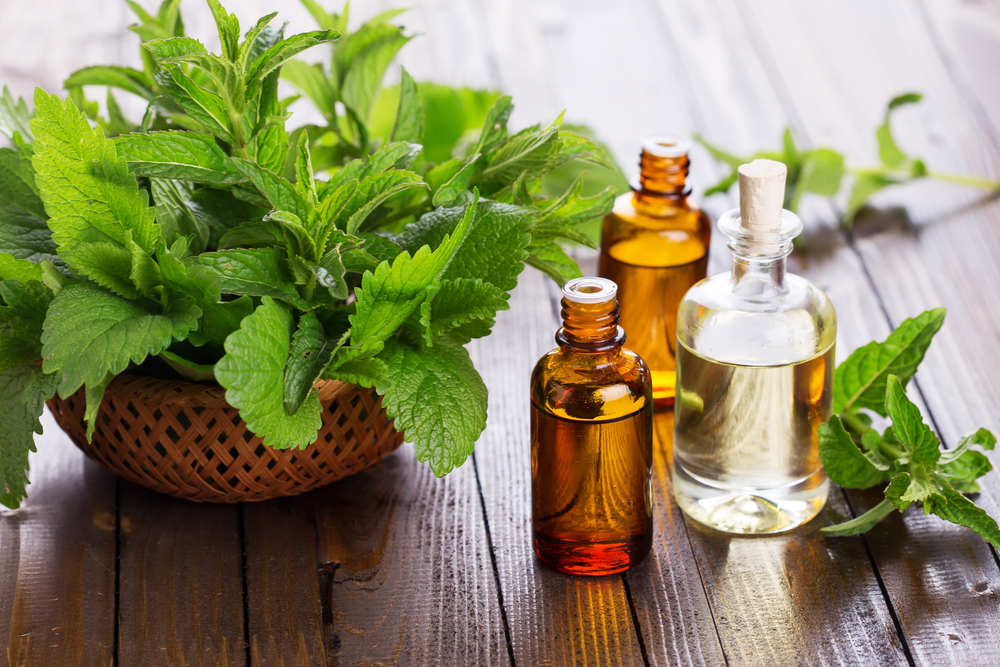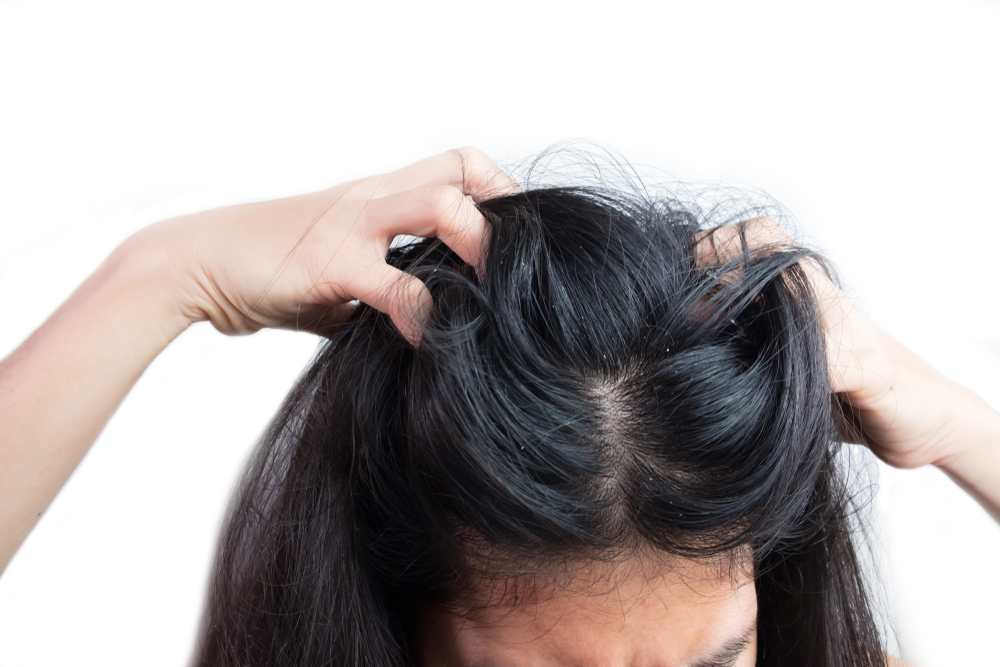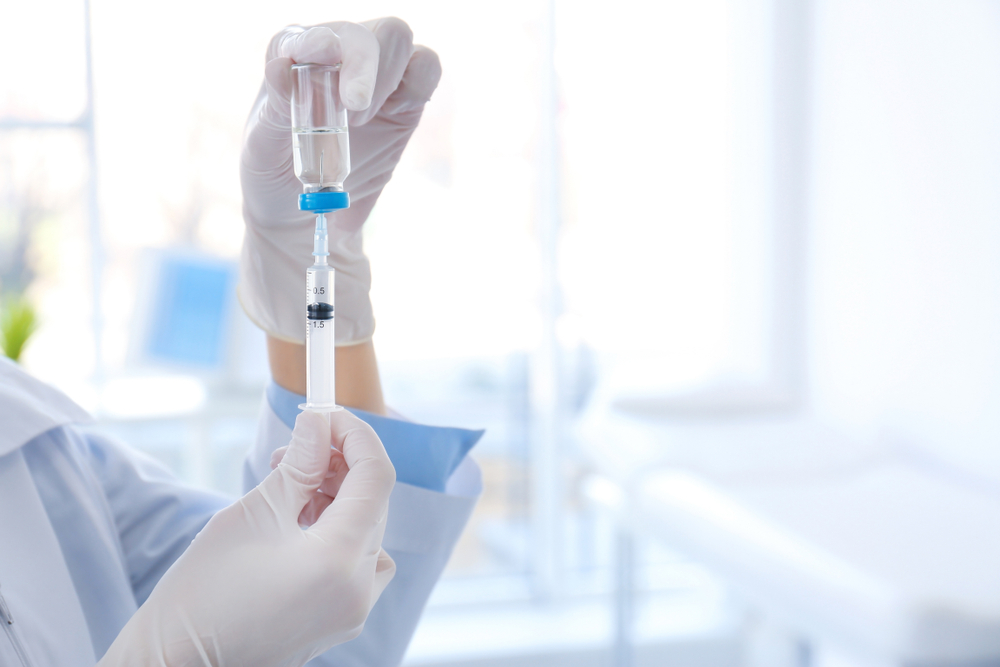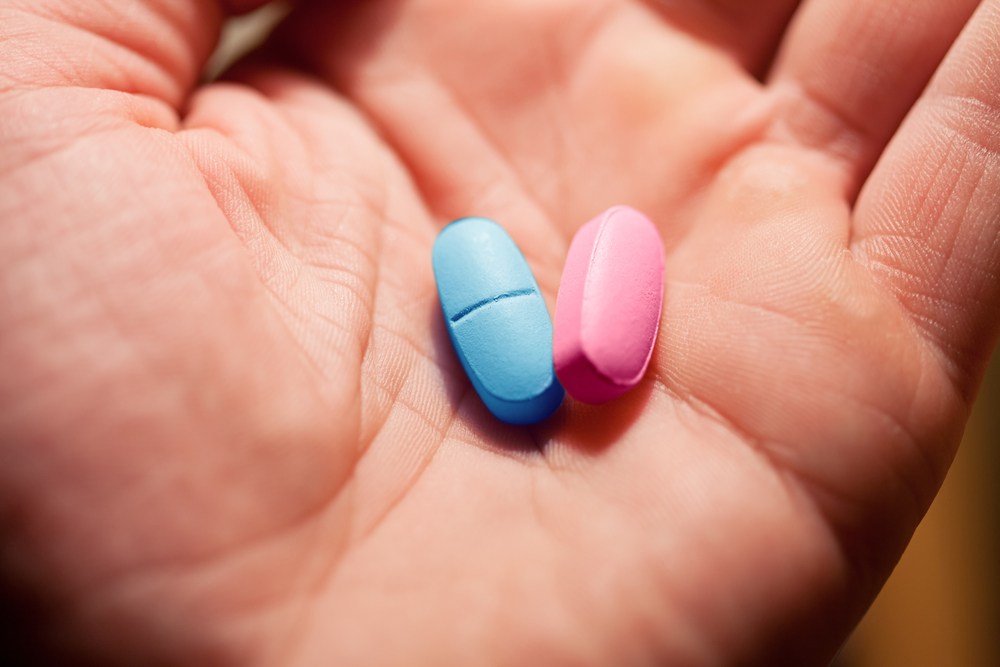Contents:
- Medical Video: Mint Leaves: Health Benefits and Uses
- Benefits of peppermint for health
- 1. Relieves digestive disorders
- 2. Relieves itching due to insect bites
- 3. Relieve flu and colds
- 4. Cure headaches and migraines
- 5. Caring for hair
- Before using peppermint oil, consider this first
Medical Video: Mint Leaves: Health Benefits and Uses
Peppermint leaves are famous for their benefits as mouth fresheners and prevent bad breath. No wonder you often find toothpaste products, mouthwash, and gum with peppermint flavor. But it turns out, the efficacy of the leaves from the watermint and spearmint crosses is not just that. Both in the fresh leaf version, herbal supplements, and essential oils, peppermint still holds a myriad of health benefits. What are the benefits of peppermint?
Benefits of peppermint for health
1. Relieves digestive disorders
Peppermint can help correct digestive problems, especially irritable bowel syndrome (IBS). IBS is an intestinal disorder that causes flatulence, stomach cramps, and irregular bowel movements. Recent studies published in the journal Digestive Diseases and Sciences show that herbal supplements containing peppermint oil can relieve symptoms of recurrent IBS. Peppermint activates the lining in the large intestine, which can reduce the pain caused by intestinal inflammation.
Other benefits of peppermint for digestion are to relieve nausea, including symptoms of morning sickness during pregnancy. According to University of Maryland Medical Center (UMM), peppermint can calm abdominal muscles and improve bile flow, which the body uses to digest fat.
In addition to passing herbal supplements, if symptoms of nausea come to immediately breathe peppermint aromatherapy or brew dried and inhaled peppermint leaves while warm to soothe the digestive tract. However, if your digestive disorders are related to gastric acid reflux or GERD, you should not use peppermint for treatment.
2. Relieves itching due to insect bites
Peppermint leaves are cold and very soothing. So, peppermint essential oil can be used to relieve redness and itching in the skin due to insect bites or poisonous plants. Simply apply peppermint oil that has previously been diluted right on the reddish bumpy skin. and wait a while until the cold effect eases your skin problems.
3. Relieve flu and colds
Menthol contained in peppermint can make the nasal passages feel more relieved. Although not really decongestant to thin the snot that clogs the nose, peppermint stimulates sensory receptors in the nose that detect cold temperatures so you feel as if you are breathing more freely. The benefits of peppermint for breathing can also relieve nasal congestion, runny nose, and / or coughing due to dust allergy.
You can breathe peppermint aromatherapy oil, breathe peppermint tea, or rub balm with peppermint extract on the chest and around the nose to relieve symptoms.
4. Cure headaches and migraines
Peppermint is soothing and numb. These properties are believed to be beneficial for people who experience migraines and tension headaches due to stress.
Although there is not much medical research that can prove the efficacy of peppermint oil, some researchers suspect that peppermint helps control blood flow in the body and opens the sinus tract to allow for a smoother flow of oxygen to the brain. According to one study reported that peppermint oil has the same benefits as tylenol or paracetamol for pain relief.
You can rub the balm with the aroma of peppermint on both sides of the temples and forehead when the headache starts approaching. Gently massage the head area. Alternatively, you can melt a few drops of peppermint oil into the basin, bow your head and cover it with a towel to trap the steam. Inhale the warm peppermint steam for 1-2 minutes.
In addition, you can take a warm bath. Soaking can help reduce the severity of headaches. Add a few drops of peppermint oil to your bathtub to really increase the benefits of relaxation. Turn off the bathroom lights and use candles if your migraine worsens with bright light.
5. Caring for hair
Peppermint oil is a fairly popular ingredient found in some shampoo thanks to its fresh aroma and calming properties. Applying peppermint to the scalp refreshes the scalp, cleanses dandruff, and stimulates blood flow to the scalp that can help stimulate hair growth.
In addition to cleaning the hair from dead skin cells, peppermint also binds to hair follicles with protein. The benefits of peppermint are believed to give the appearance of healthy and radiant hair.
Before using peppermint oil, consider this first
If you want to use pure peppermint essential oil for massage or just apply it to the skin, test first whether you are allergic to peppermint essential oil or not. The trick, apply a little to the back of the hand or behind the ear, wait for 1 × 24 hours and watch for any allergic reactions that appear. If not, you may use this essential oil for medicinal purposes as above.
This oil should also be diluted first with carrier oil (for example, olive oil), if you want to apply it to the skin. Mix 3-5 drops of peppermint essential oil with 2 tablespoons of olive oil before using it directly on the skin.












